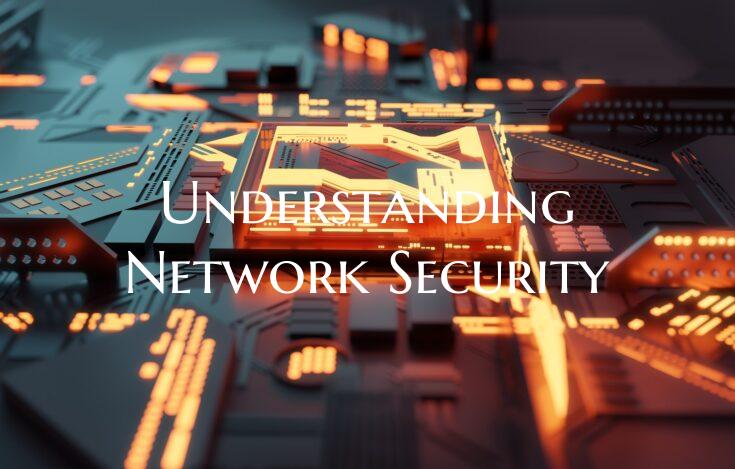Understanding Network Security
In today's interconnected world, network security plays a crucial role in safeguarding digital information and maintaining the integrity of systems. Understanding network security is essential for businesses, organizations, and individuals to protect sensitive data, privacy, and assets from cyber threats.
Network security refers to the process of implementing measures to prevent unauthorized access, misuse, modification, or denial of a computer network and the resources it contains. It encompasses various layers of defense to ensure that data remains secure while in transit or stored on servers, devices, or cloud services.
Effective network security includes multiple components and practices to create a robust defense mechanism against potential cyber attacks. These components may include:
1. Firewalls: Firewalls serve as the frontline defense mechanism by monitoring and controlling incoming and outgoing network traffic based on predetermined security rules. They act as a barrier between internal networks and external threats.
2. Intrusion Detection and Prevention Systems (IDPS): IDPS are designed to identify and respond to potential security threats by analyzing network traffic patterns and behaviors, detecting anomalies, and blocking or mitigating attacks in real-time.
3. Virtual Private Networks (VPNs): VPNs create secure encrypted connections over the internet, allowing remote users to access corporate networks securely. They help protect sensitive data from interception by encrypting data transmission.
4. Antivirus and Antimalware Software: These tools detect and remove malicious software, such as viruses, worms, Trojans, and spyware, that can compromise network security and infect devices.
5. Access Control and Authentication: Implementing strong access control measures, such as password policies, multi-factor authentication, and user permissions, ensures that only authorized users can access network resources.
6. Data Encryption: Encrypting data at rest and in transit adds an extra layer of protection against unauthorized access, ensuring that even if data is intercepted, it remains unreadable without the decryption key.
7. Regular Security Audits and Updates: Conducting regular security audits, penetration testing, and updating software and security patches help identify vulnerabilities and proactively address potential security risks.
By understanding the importance of network security and implementing a comprehensive security strategy that incorporates these components and best practices, organizations can safeguard their networks, systems, and data from cyber threats, data breaches, and unauthorized access. Prioritizing network security not only protects valuable assets but also builds trust with customers and stakeholders by demonstrating a commitment to data protection and privacy.

